The Maratha Empire or the Maratha confederacy was located in the South West of present-day India. It existed from 1674 to 1818 and at its peak the empire’s territories covered much of South Asia. The empire was founded and consolidated by Shivaji Bhosale. After the death of Mughal Emperor Aurangzeb it expanded greatly under the rule of the Peshwas, the Prime Minister of the Maratha Empire. In 1761, the Maratha army lost the Third Battle of Panipat which halted the expansion of the empire. Later, the empire was divided into a confederacy of Maratha states which eventually were lost to the British in the Anglo-Maratha wars by 1818. The Mughal power in Northern India had been declining since the reign of Aurangzeb, who died in 1707. In 1751-52, The Ahamdiya treaty was signed between the Marathas and Mughals, when Balaji Bajurao was the Peshwa. Through this treaty, the Marathas controlled virtually the whole of India from their capital at Pune and Mughal rule was restricted only to Delhi. The Maratha army wad decisively defeated on January 14, 1761 at the Third Battle of Panipat. The defeat at Paniput checked Maratha expansion towards Northwest and fragmented the empire. After the battle, the Maratha Confederacy never fought again as one unit. This wide ranging book offers a succinct and engaging narrative of the history of the Indian subcontinent, tracing the development of its society, culture and polity.
Maratha and Rise of Afghan Power
Encyclopaedic History of India Series
Book:In stock
Free & Quick Delivery Worldwide
Bibliographic information
Title
Maratha and Rise of Afghan Power
Encyclopaedic History of India Series
Encyclopaedic History of India Series
Author
Edition
1st ed.
Publisher
Centrum Press, 2011
ISBN
9789380836782
Length
vi+296p., Bibliography; Index; 22cm.
Subjects

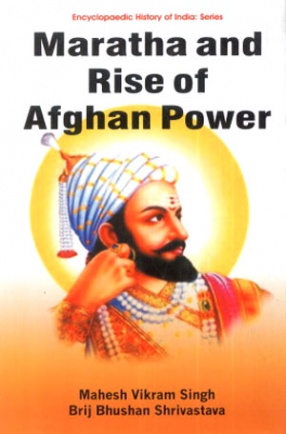
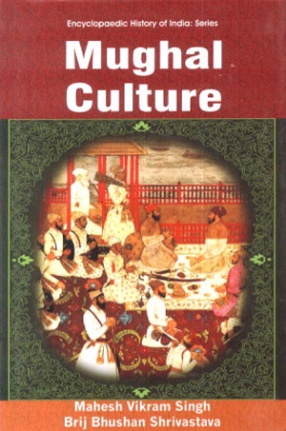
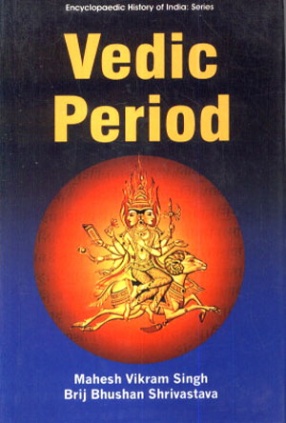
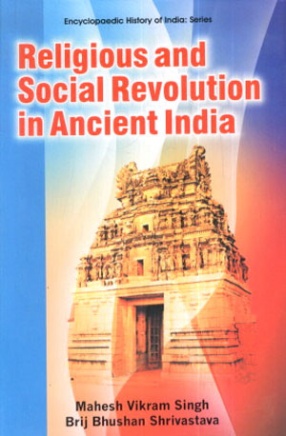

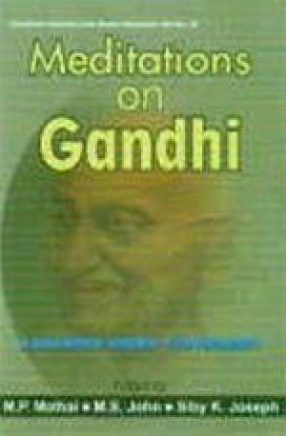
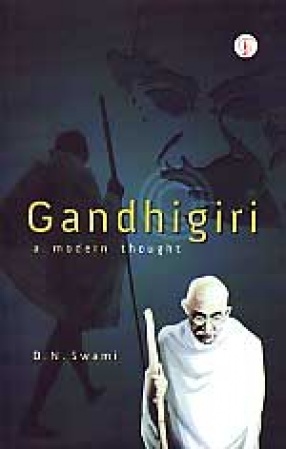
There are no reviews yet.